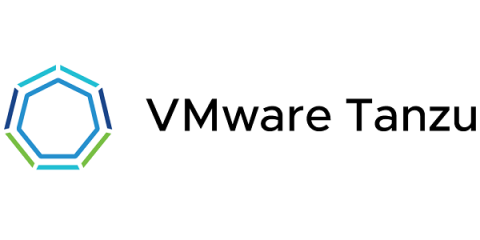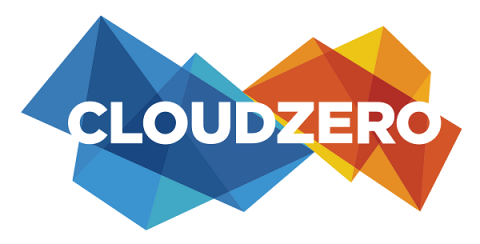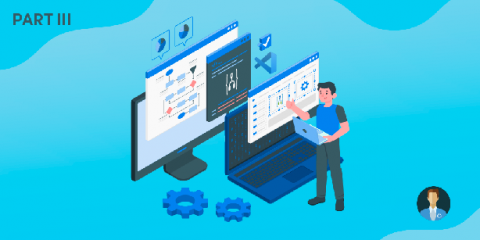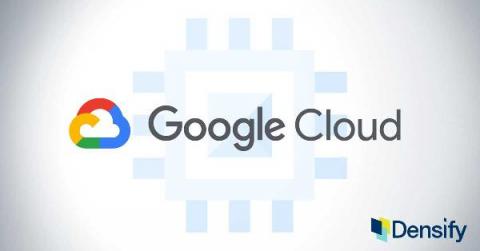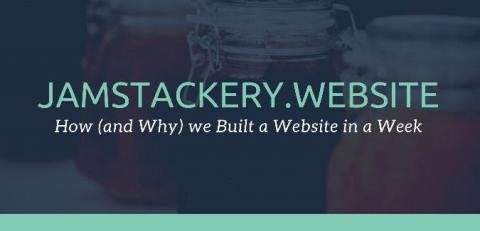IDC Technology Spotlight: Enterprise Cloud-Native Apps and Infrastructure Need Modern Observability
In a new research paper, Mary Johnston Turner, IDC research vice president for cloud management, explains why cloud-native applications and infrastructure require modern observability. IDC's research shows that 97 percent of global enterprises use connected cloud strategies that depend on a diverse mix of on-premises, off-premises, hosted, edge, and public cloud infrastructure.


